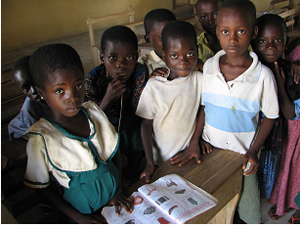An expanded vision of access
CREATE has generated an expanded vision of access to go beyond the narrow indicators of school enrolment rates which are used by development partners and governments. Access to education has to include judgements of educational quality and process (what children have access to); and of educational outcomes (what competencies and capabilities are acquired and how they are valued). An expanded vision has to be interpreted in relation to national and sub-national contexts. These determine starting points for improved access, identify the nature of excluded groups, the resources available, and the policy environment and possibilities for action. CREATE’s expanded vision of access includes:
- Access to preschool at affordable costs
- Local access to safe schools with appropriate levels of staffing, learning materials, and facilities (including clean water and sanitation) which provide a positive learning environment
- Admission and progression through primary school within a year of the nominal age-in-grade
- Consistent attendance throughout the school year at least 90% of school time
- Learning outcomes that have utility and relevance and achievement that meets national norms
- Learning in a safe, healthy environment fit for purpose with adequate learning materials
- Appropriate access to secondary education and training
- Equitable access to affordable schools of adequate quality


CREATE’s architecture of key concepts includes zones of exclusion, the expanded vision of access, age in grade progression, small schools and multigrade issues, transitions to post primary, silent exclusion, analysis of supply and demand side constraints on access, the development of child seeking schools, and the use of distributional targets linked to poverty, equity, and effective learning of knowledge, skills and attitudes.